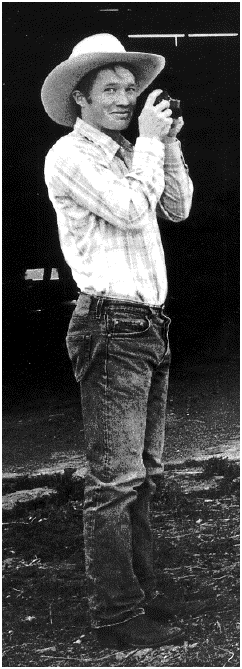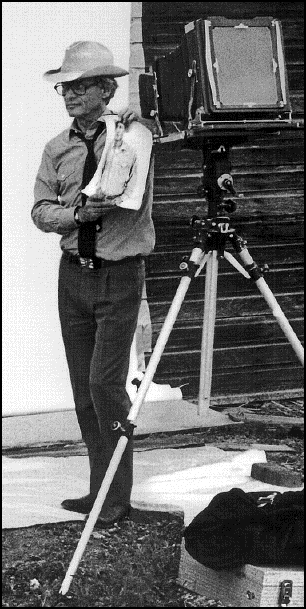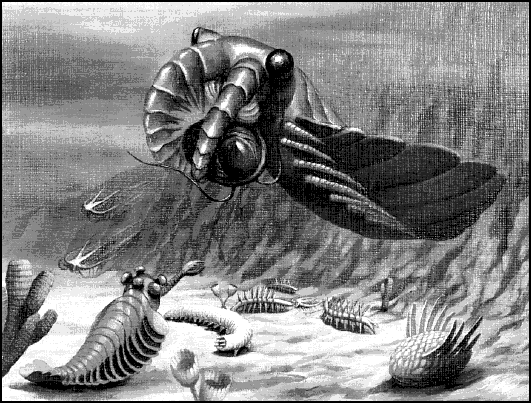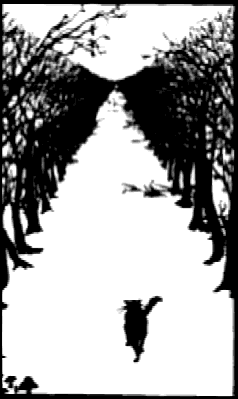The American West
Laura Wilson
(University of Texas Press)

There are waitresses, women drifters, bums, unemployed copper miners, and Ronald Fischer --- the famous pale bald guy wearing bees on bare head, face, neck and body.
They were all photographed by Avedon between 1979 and 1983 for a show to be held at the Amon Carter Museum in Fort Worth.
 All this is more than rare, and if you ever had doubts about the artistry of Avedon, this may well, for some, lay it at rest. Wilson's photographs of photographs being made are mesmerizing.
All this is more than rare, and if you ever had doubts about the artistry of Avedon, this may well, for some, lay it at rest. Wilson's photographs of photographs being made are mesmerizing.
Avedon specializes in character as revealed by the lens, but from what we see here, he himself is cool if not icy in that intellectual Manhattan kind of way. Which is OK. We wouldn't expect Renoir to look anything at all like his lovely bosomy subjects.
Around Us
An Illustrated
Commemorative
Edition
Rachel Carson
(Oxford)
No, I take that back. It's better than we remember. I recall the mysteries unveiled --- what I had forgotten was the grace of the writing. This on "The Sunless Sea:"
Since no animal can make its own food, the creatures of the deeper waters live a strange almost parasitic existence of utter dependence on the upper layers. These hungry carnivores prey fiercely and relentlessly upon each other, yet the whole community is ultimately dependent upon the slow rain of descending food particles from above. The components or this never-ending rain are the dead and dying plants and animals from the surface.... There is a hint of the fierce and uncompromising competition for food in the saber-toothed jaws of some of the small, dragonlike fishes of the deeper waters, in the immense mouths and in the elastic and distendable bodies that make it possible for a fish to swallow another several times its size, enjoying swift repletion after a long fast.

This volume includes the footnotes from Carson's second edition, plus a hundred or so drawings, charts, and full-color photographs that didn't appear in the earlier books. Oxford University Press selected Robert D. Ballard to write the Introduction. Dr. Ballard tells us how he has gone down to the sea in bathyscaphes, how he studied the undersea hot-springs at the Galapagos Rift, and how he went to the Black Sea to observe shipwrecks from the Byzantine period. There is a photo of his "remotely operated vehicle" peering at the wreckage of the Titanic.Writing of the bacteria around underwater hot springs, he tells us,
The bacteria, which were living symbiotically inside large red tube worms and enormous clams that cluttered around the vent openings, were able to use the oxygen and carbon dioxide normally found in bottom water to oxidize the hydrogen sulfide in the hot spring water to fix carbon. Called chemosyntheis, this discovery rocked the oceanographic world.
The wonder of Carson's writings was that she could take difficult concepts and make them available to the layman in crystal-clear language. The other was that she was humble: despite her enormous fund of research, she always downplayed her own role, even after her next book --- Silent Spring --- caused so many of us to become overnight eco-freaks.
It is a pity that Dr. Ballard has apparently learned so little from the example of Ms. Carson's wonderful writings and humble ways.
Stories
Rudyard Kipling
Geoffrey Palmer,
Reader
(Naxos Audio Books)

Before there was anything as noisy as air- In the High and Far-Off Times the Elephant, O Best Beloved, had no trunk. He had only a blackish, bulgy nose, as big as a boot, that he could wriggle about from side to side; but he couldn't pick up things with it, she would read. Then, But there was one Elephant --- a new Elephant --- an Elephant's Child --- who was full of 'satiable curiosity, and that means he asked ever so many questions. And he lived in Africa, and he filled all Africa with his 'satiable curiosities, she would read, and I would say, What's "'satiable" and she would say, "insatiable" and I'd say, What does that mean? and Mum, ever the school teacher, would tell me, It's where you can't get enough. Like you and apple pie and ice-cream. And then I would know what "'satiable" meant, and she would read on, about poor elephant child, always getting spanked by "his tall aunt the Ostrich," "his tall uncle, the Giraffe" and "his broad aunt, the Hippopotamus" --- so much spanking going on, sounded just like my Cousin George who got spanked all the time, because Aunt Irene and Uncle George wanted to be sure he grew up obedient and good. Do they allow spanking in books for children nowadays? It's been decades now since Mum read me to sleep with Kipling, me drifting off, waking a little as she led me to my bed, kissed me goodnight (the air of that sweet Vanishing Cream!) I have to tell you I am still smitten with these twelve tales, as I was as a child. However, with time, we change, and the sometimes judgmental awareness the world thrusts on us. What they were about in 1902 when they were first published, or in 1942 when I first heard them, are a world apart from 2003. For one thing, these wonderful tales reek of English colonialism. There are stories from North Africa and South Africa and the Orient and Australia and India --- all exotic places on the globe, but all part of the Empire --- the background for the adventures of elephant and kangaroo and leopard and rhinoceros and camel and "the Ethiopian" and the cat in the "Wet Wild Woods waving his wild tail, and walking by his wild lone." Even more interesting are the invocations and incantations. "The High and Far-Off Times, O Best Beloved." "In the beginning of years, when the world was so new and all..." "In the days when everybody started fair, Best Beloved..." "Hear and attend and listen; for this befell and behappened and became and was, O my Best Beloved, when the Tame animals were wild..." These remind one of holy scripture, the New Testament, the Koran, the Mahabharata, the Songs to the Buddha, the Jerusalem Bible. What Kipling has done here is to peg child adventures with a wording out of the Holy Writ --- giving not only the poetry of the exotic but the invocation of the gods as witness: important words are to be uttered, and one should pay heed and attend as if listening to Gospel. There is repetition, as good as any out of Poe or Tennyson or the Songs of Shakespeare (or the "Song of Songs," for that matter): "On the banks of the great grey-green, greasy Limpopo River, all set about with fever-trees." No poet in his right mind would shove four "gre's" together like this --- great grey-green, greasy --- but Kipling is writing for children and he knows he can get away with it. Then there's the lim-po-po (we all know what po-po means to a child) which he rounds it off with the "fever-trees" ("What are fever-trees, Mum?" "Trees with a bark that's supposed to cure malaria," she answers promptly.) Kipling repeats this phrase --- "the great grey-green, greasy Limpopo River" --- a total of nine times so it becomes an incantation, a round of repetition that serves holy books and the epics, stories that go 'round and 'round, circling us all about in their tale-telling. I remember the power of these --- my memories some sixty years after the fact --- suggests that the tales go beyond simple fiction. For we children were being initiated into not only the Empire (where everything came to have its order and place) but, too, a Darwinian world of the exotics, and how they became what they became --- told in the style of a high paean so that we children were sure (half-believing, half-not-believing) that we were hearing the great truths of nature. Geoffrey Palmer reads these with the appropriate accent and elegance that those of us who grew up with Mumsie's perfect readings would expect. The Naxos Company has added a bit of music --- Janacek, Mozart, Saint-Saens, Dvorák --- that is in no way intrusive. The whole runs slightly less than three-and-a-half hours. It's worth it.